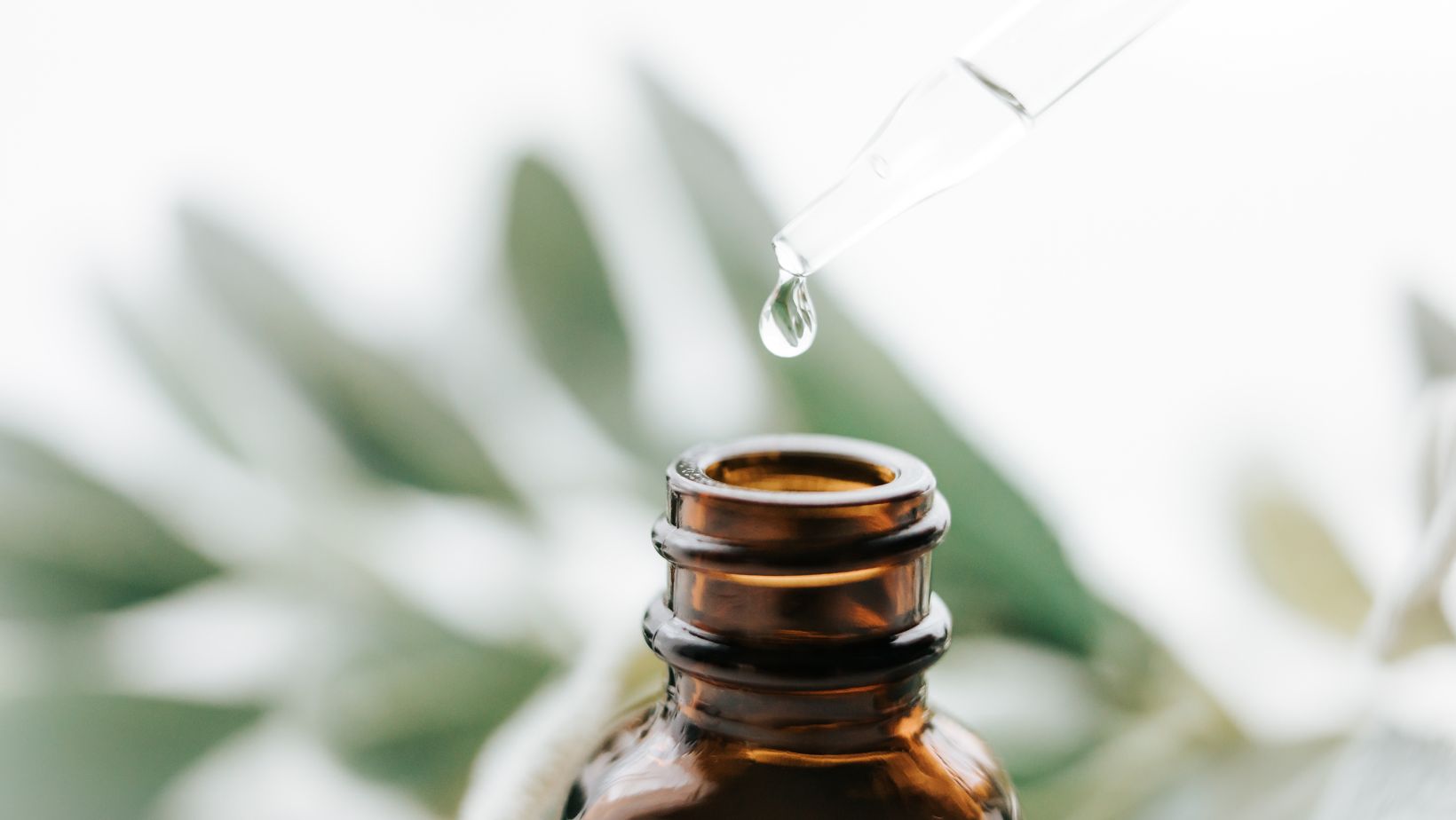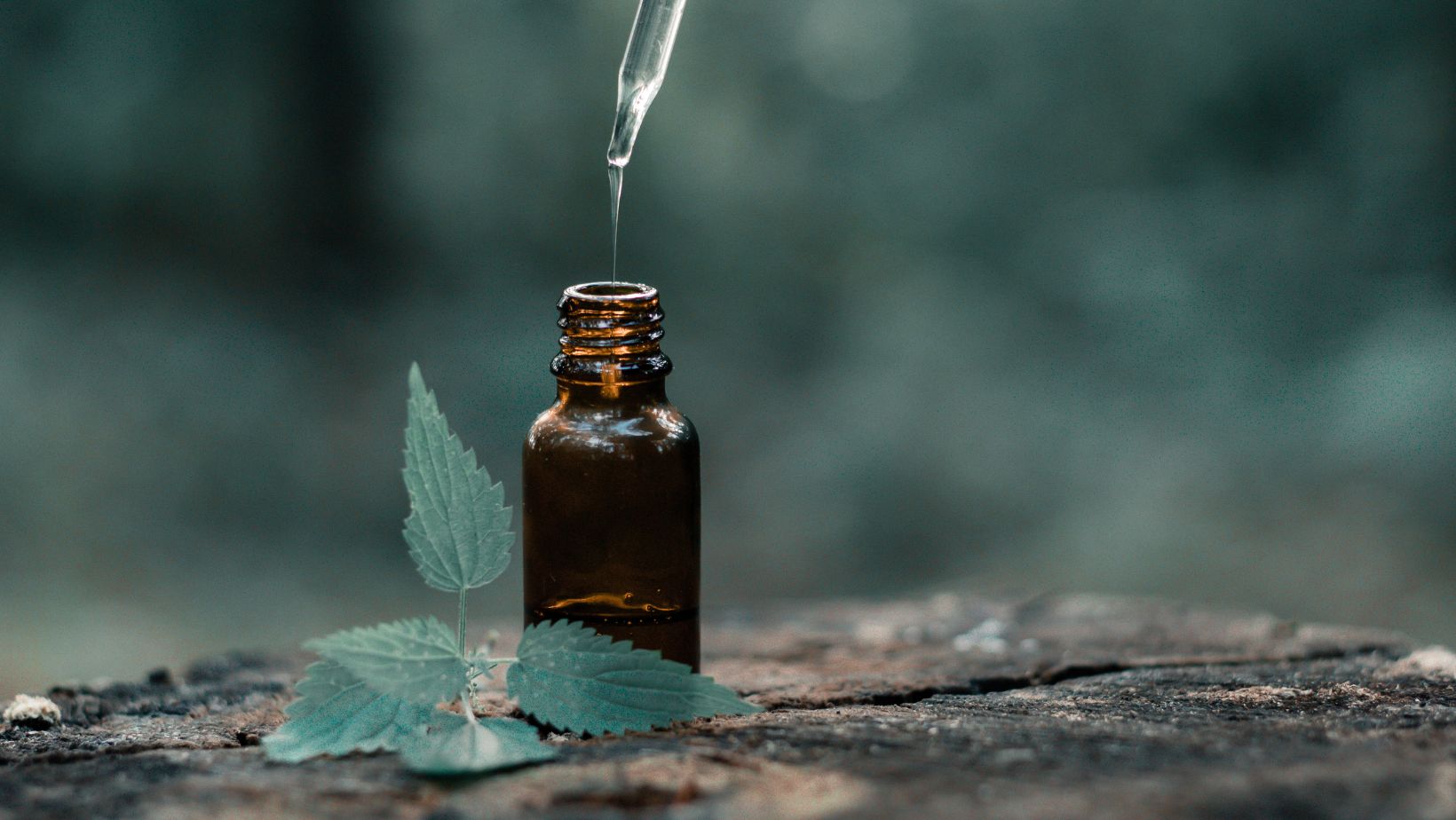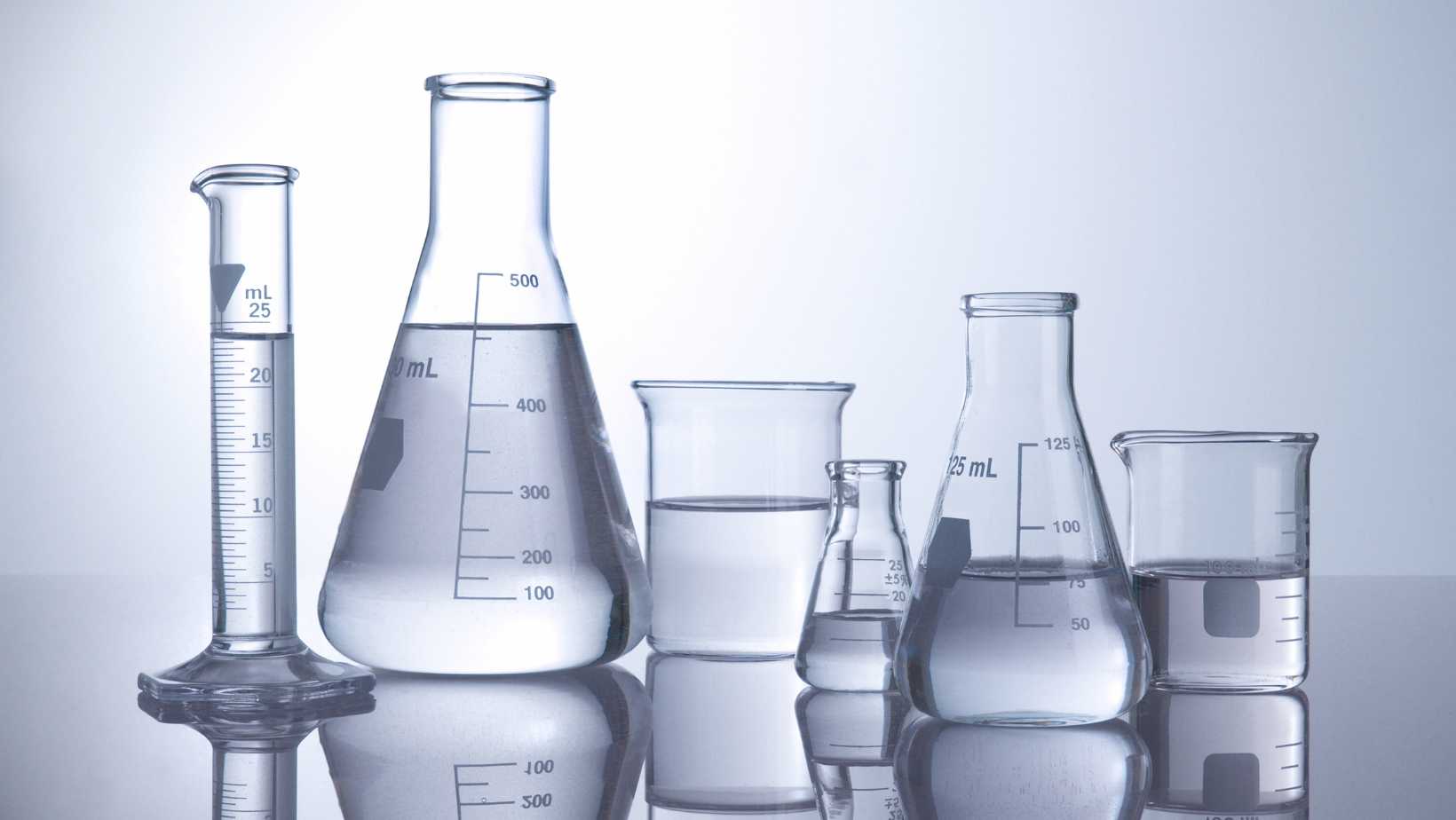How Many Drops In a Ml of Essential Oil Have

How many drops are there in a milliliter (ml) of essential oil? This is a common question that arises among essential oil enthusiasts and those who use them for various purposes. Understanding the conversion between drops and milliliters can help ensure accurate measurements and avoid wastage or potential harm from using too much or too little of these potent oils.
The number of drops in a ml can vary depending on the viscosity, density, and composition of the specific essential oil. On average, most essential oils have approximately 20 to 25 drops in a milliliter. However, it’s important to note that this is just an estimate, and some oils with thicker consistency may have fewer drops per ml, while others with lighter consistency may have more.
To determine the exact number of drops in your specific bottle of essential oil, you can conduct a simple experiment. Start by using a dropper or pipette to count how many drops are needed to fill up one ml. Repeat this process several times and calculate the average number of drops per ml. This method will give you a more accurate measurement for your particular oil.
How Many Drops In a Ml of Essential Oil
Converting Drops to Milliliters: A Handy Guide
When it comes to working with essential oils, understanding the measurements is crucial for accurate usage. One common question that arises is how many drops are in a milliliter (ml) of essential oil. While there isn’t an exact answer due to varying viscosities and dropper sizes, there are some general guidelines that can help.
On average, it’s often said that there are about 20 drops in 1 ml of essential oil. However, this can vary depending on factors such as the type of oil, temperature, and even the dropper or bottle used. To get a more precise measurement, you might consider using a pipette or a graduated cylinder.
Factors That Can Influence Essential Oil Measurements
It’s important to note that several factors can influence the number of drops in a milliliter of essential oil. These factors include:
- Viscosity: Different oils have different viscosities, which affects how easily they flow out of the bottle.
- Temperature: Temperature changes can impact the density and viscosity of essential oils.
- Dropper size: Droppers come in various sizes, which can affect how much oil is dispensed with each drop.
- Bottle design: The shape and size of the bottle opening can also impact drop size.
Understanding these variables helps explain why measuring exact quantities by counting drops alone may not always be accurate.

The Relationship Between Drops and Milliliters
Understanding the Ratio of Drops to Milliliters in Essential Oils
When it comes to essential oils, understanding the relationship between drops and milliliters is crucial for accurate measurement. The ratio of drops to milliliters may vary depending on several factors, including the viscosity of the oil and the size of the dropper or pipette being used.
It is commonly accepted that there are approximately 20 drops in a milliliter (ml) of essential oil. However, this is just a rough estimate, as different oils can have varying densities and viscosities. Some thicker oils may produce larger drops, while thinner oils may result in smaller ones.
Determining the Volume of Essential Oil Drops in a Milliliter
If you’re curious about how many drops are actually present in a milliliter (ml) of essential oil you have on hand, there’s a simple way to calculate it. Here’s an example:
- Take a clean container with known volume markings.
- With your chosen dropper or pipette, carefully count and collect 10 drops of essential oil.
- Drop these collected drops into the container.
- Repeat steps 2-3 until you reach 20 collected drops (equivalent to one ml).
- Note the volume level that corresponds to these 20 drops on your container.
In conclusion, understanding how drops relate to milliliters in essential oils requires considering various factors such as viscosity, dropper size, and measurement technique. While a rough estimate suggests around 20 drops per ml, it’s always beneficial to conduct your own experiments with specific oils and equipment for more accurate results.



